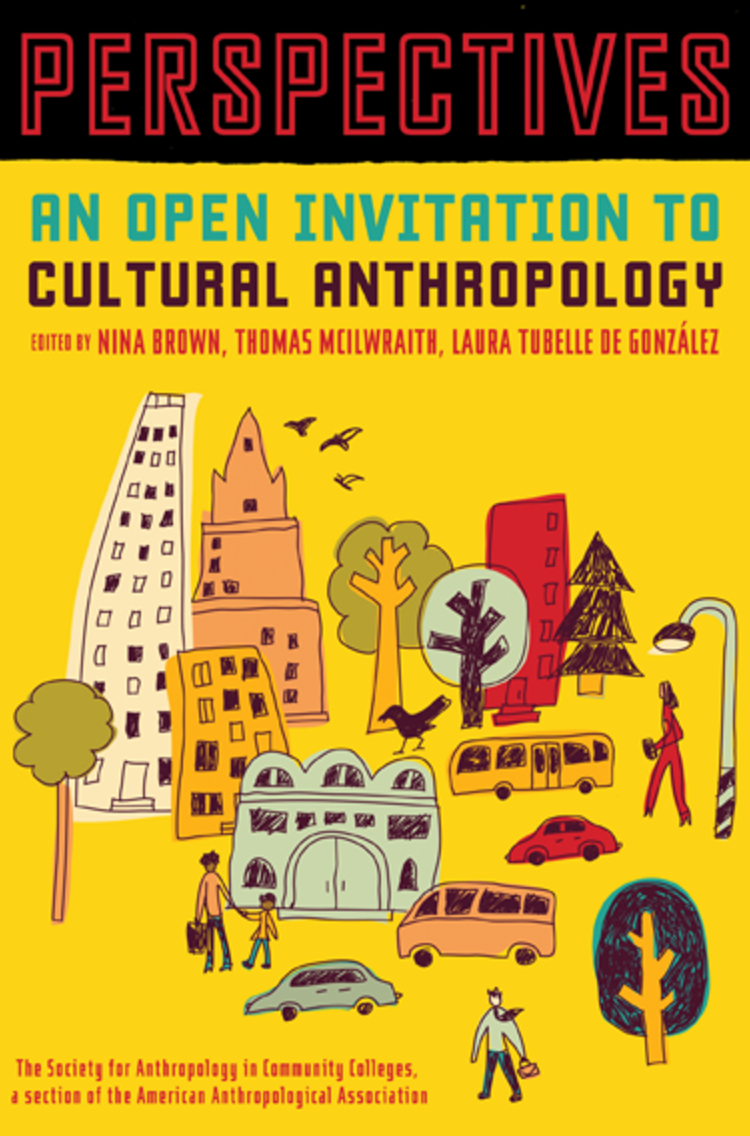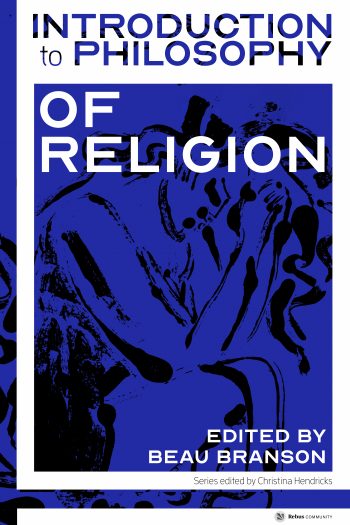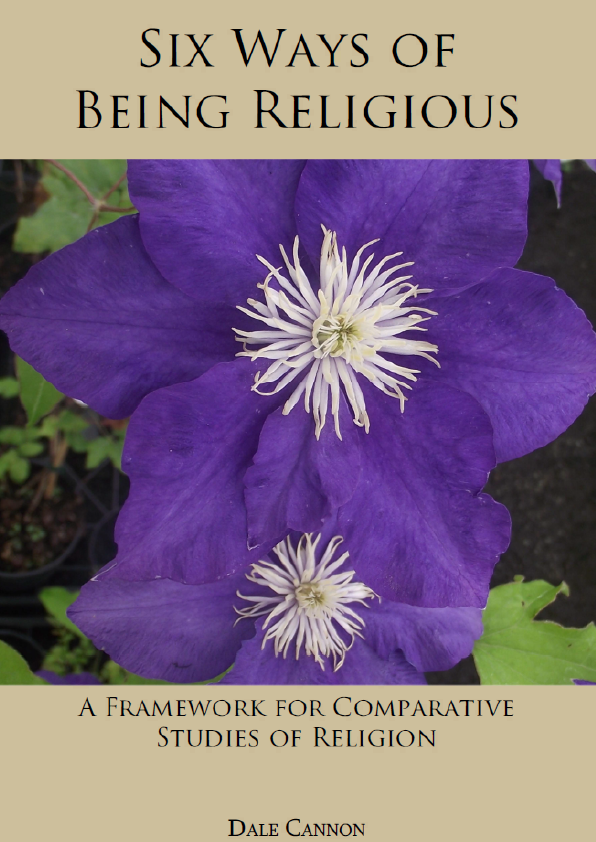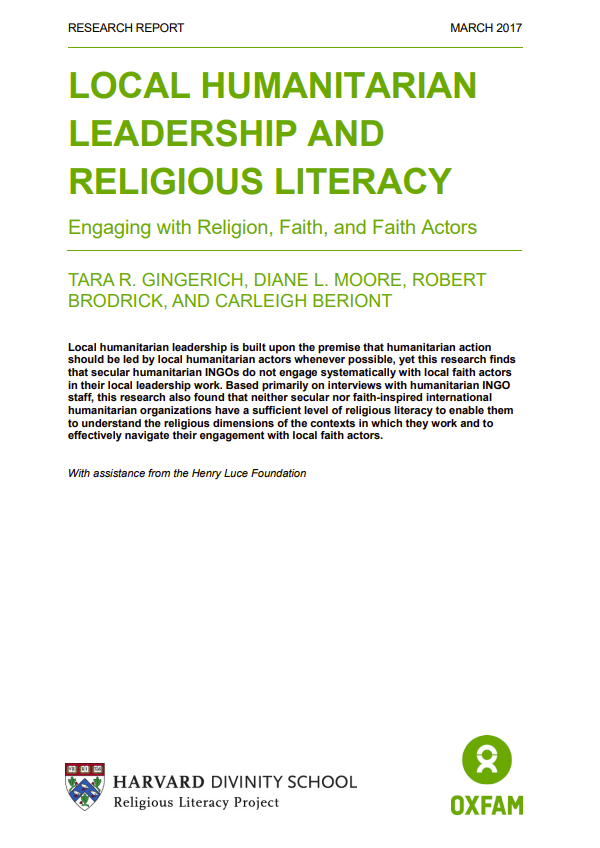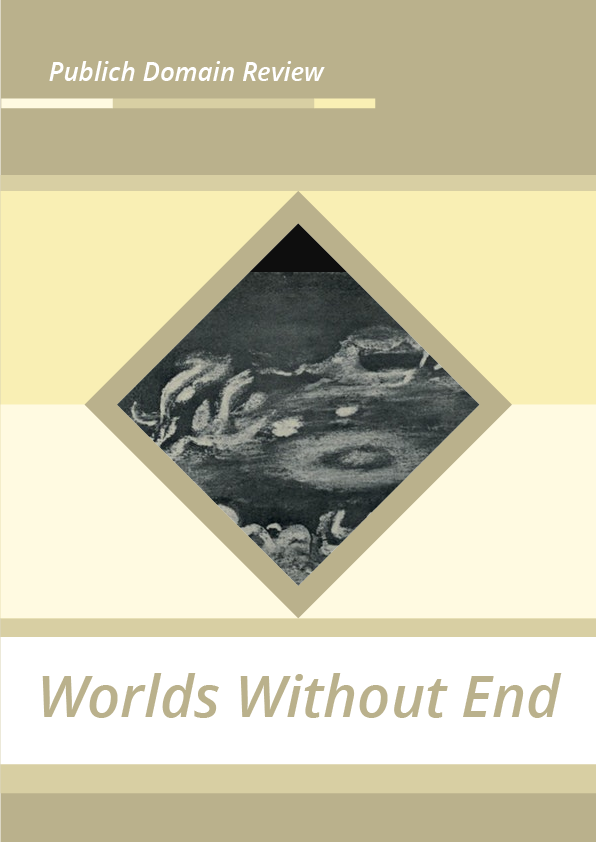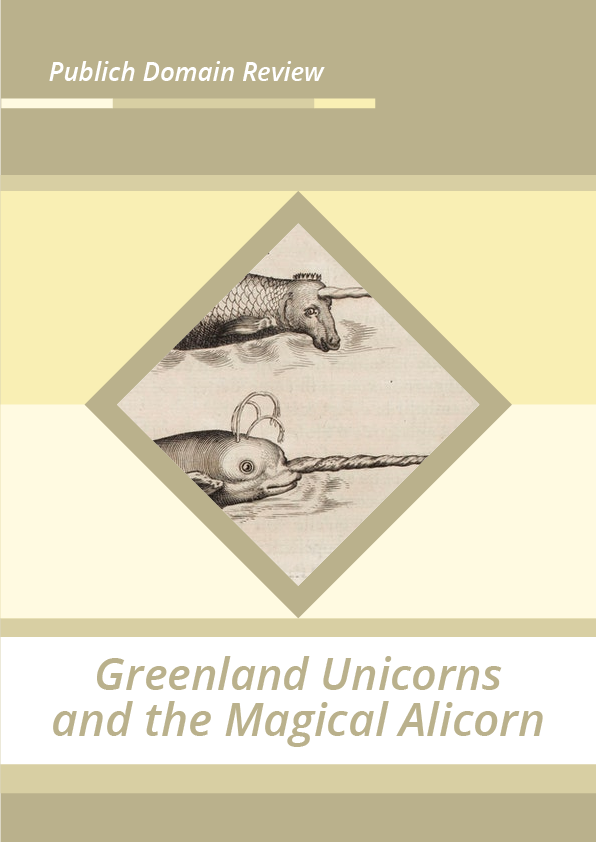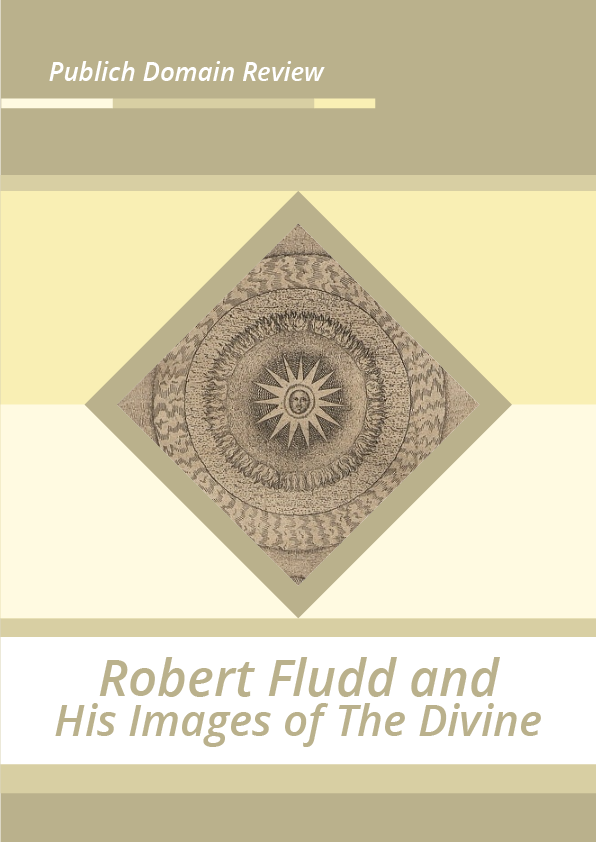Welcome to Perspectives and Open Access Anthropology!
We are delighted to bring to you this novel textbook, a collection of chapters on the essential topics in cultural anthropology. Different from other introductory textbooks, this book is an edited volume with each chapter written by a different author. Each author has written from their experiences working as an anthropologist and that personal touch makes for an accessible introduction to cultural anthropology.
Our approach to cultural anthropology is holistic. We see the interconnectedness of cultural practicesand, in all of the chapters, we emphasize the comparison of cultures and the ways of life ofdifferent peoples. We start with Laura Nader’s observation that cultural differences need not be seen as a problem. In our complicated world of increasing migration, nationalism, and climate challenges,cultural diversity might actually be the source of conflict resolution and new approaches to ensuringa healthier world. Indeed, as Katie Nelson reminds us, anthropology exposes the familiarity in the ideas and practices of others that seem bizarre. Robert Borofsky advocates for anthropology’s abilityto empower people and facilitate good. Borofsky calls on anthropologists to engage with a widerpublic to bring our incredible stories and important insights to helping resolve the most critical issues we face in the world today. This book brings Nader, Nelson, Borofsky, and many others together todemonstrate that our anthropological understandings can help all of us to improve the lives of peoplethe world over. We need you, as students, to see the possibilities. As instructors, we want to help you share anthropological knowledge and understanding easily. We want all readers to be inspired by theintensely personal writings of the anthropologists who contribute to this volume.
WHY THIS BOOK?
For students, we promise readable and interesting writing on topics that will be covered in your first year anthropology course. The chapters contain links to support your use and enjoyment of the book. They are designed to help learn the material. Use this book, even if it is not your course text, and then ask your instructor tough questions! Use social media to ask us questions or to send us comments—the details are below.
For instructors, we invite you to build your own book, the perfect book for your course. The available chapters mirror the lecture topics in many first-year courses. The chapters form a whole and they can also stand-alone. Choose the ones you need, assigning some of these chapters and not others. We know that there is some overlap in the chapters. This is a consequence of multiple authors writing about topics which, obviously and necessarily, do not exist without reference to other topics in cultural anthropology. This overlap is teachable because it reinforces the holistic approach used by cultural anthropologists to understand the people with whom we work. In addition to the chapters, the Perspectives website (http://perspectives.americananthro.org/) provides teaching resources, including a collection of video lectures as well as reflections on the importance of anthropology from well-known members of our discipline. The interviews explain how these scholars became anthropologists and what they see as the importance and relevance of anthropology today. We hope you will use this textbook with your students, either as a stand-alone text or in conjunction with other textual and digital materials.
